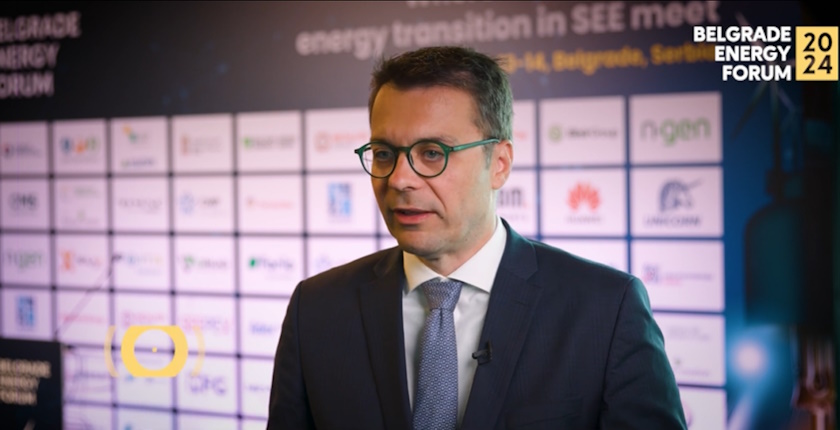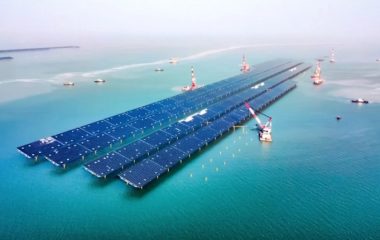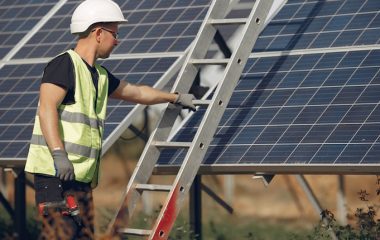
Photo: Balkan Green Energy News
The Green for Growth Fund invested EUR 500 million in Southeast Europe in the last 15 years. Aleksandar Stojkov, head of the Belgrade office of GGF’s advisor Finance in Motion, said at Belgrade Energy Forum that Serbia is one of the most important markets. The fund intends to finance projects for renewable electricity plants.
GGF was initiated as a public-private partnership in 2009 by Germany’s KfW Development Bank and the European Investment Bank. It invested more than EUR 2 billion in the 19 markets where it is active: in Southeast Europe and the Caucasus, Ukraine, Moldova, the Middle East and North Africa. Around EUR 500 million went to Southeast Europe, Aleksandar Stojkov from Finance in Motion said at Belgrade Energy Forum 2024.
The firm is GGF’s investment advisor. Stojkov, the head of its office in Belgrade, said the fund was established with the aim to finance projects in the segments of renewables, energy efficiency and resource efficiency in the region.
GGF intends to financially back renewable energy projects supported by government auctions and ones with different kinds of PPAs
“We see great potential in the renewables sector, which was over the previous period not sufficiently invested in. Serbia is one of the most important markets for us, and we will be very active here in the following period, by financing particularly the projects for renewable energy sources. They include the ones supported through the auctions organized by the government and also via different kinds of power purchase agreements” or PPAs, he stated at the event. It gathered more than 500 participants from 30 countries of the world.
GGF finances a broad scope of clients, through financial institutions.
“We finance green projects at the level of natural persons, micro and small businesses, medium-sized companies, and municipalities. We also finance companies directly – corporations and renewables projects that generate electricity,” Stojkov explained.
The Balkans require a critical mass of renewable energy development to fully benefit from the promise of green job growth and the accompanying buildup of skills and knowledge, the Fund Director for GGF Borislav Kostadinov said at the conference.
The fund has received financial support from the European Commission, German Federal Ministry for Economic Cooperation and Development, European Bank for Reconstruction and Development and the Development Bank of Austria (OeEB).


















Be the first one to comment on this article.